Plastic < EMERGENCY > Architecture
Creating low-cost, accessible architecture from waste material,
improving liveability in areas affected by mismanaged plastic waste
ABSTRACT
“Plastic <EMERGENCY> Architecture” explores the architecture of circular cycles related to recycled plastics. With open source technologies (such as the Precious Plastic machines) and digital fabrication tools, the project encourages recycling, giving these recycled plastics new value by generating new construction materials, for diverse applications. The broader impact of the project is targeted at citizens, both in the material and design processes, customizing design outputs. This creates a platform of awareness as well as sharing knowledge hence safeguarding the environment through plastic aggregation, otherwise risking deterioration to microplastics, this finally generating social and environmental capital, within a circular economic model.

CURRENT STAGE
Although plastics are only 70 years old, we have already created more than 8.3 billion metric tonnes of it while 70% have already became waste. Moreover, we keep adding 300 million tons of plastic waste anually.
“If you spread all of this plastic equally, ankle-deep, it would cover an area the size of Argentina.”
-Roland Oeyer (an industrial ecology professor and the study’s lead author), 2017
While the current rate of recycling plastic waste is 19%, 10% ends up in the ocean. It is estimated that plastic could degrade in 450 years, which means to become invisible to see and manage, polluting water, food and more.
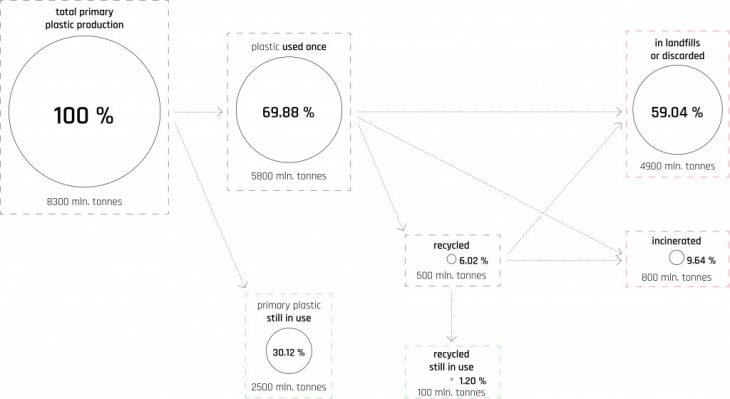 Source: OurWorldinData. Based on Geyer el al. (2017). Production, use, and fate of all plastics ever made (2018).
Source: OurWorldinData. Based on Geyer el al. (2017). Production, use, and fate of all plastics ever made (2018).
Although there are a growing number of projects that treat the recycling of plastics, many of these are framed in the fashion and design fields, simply delaying the issue of these becoming waste in the short term (average lifespan of garments – 3.3 years), not dealing with longer-term implications. By developing solutions – aggregation – applicable in architecture, and by experimenting on the recycling of already recycled plastics, the project offers a scenario where not only the lifespan of the recycled plastic is extended, but also foresees a vision of spiral design, beyond the recycled plastic’s initial application.
Furthermore, recycled plastics have proven to have good behaviour in terms of structural performance, making them an interesting material to consider for the construction sector, potentially becoming a keystone in reversing mismanaged waste practices, by associating new value (economic, social and environmental) to these.
PLASTICS
Plastic by definition is a material which can change its shape. There are thousands of plastics types. It can be synthetic or organic. Some of them are also called polymers (and although the word sound toxic by itself, the word polymer means – a large molecule composed of many repeated subunits).
Plastics and their types are mainly categorized into two groups: thermoplastics and thermosets. Shortly, thermoplastics are the ones which are in some kind of shape and can be melted and formed back to the same or another form without loosing or only slightly losing its properties. Thermosets, on the other hand, are the ones which are produced in a particular shape and cannot be remelted, for example, vulcanized synthetic rubber, silicone, and many others.
While looking to the classification of thermoplastics, we are all most familiar with 7 main types (which usually affects the recycling process). First 6 types are the most common plastics while the 7th, which is called “others” includes all other, almost a thousand, types (synthetic and organic altogether).
This thesis is focused on four types of plastics:
? #1 PET (Polyethylene Terephthalate)
? #2 HDPE (High-density Polyethylene)
? #5 PP (Polypropylene)
? #7 PLA (Polylactic acid) – bioplastic
The particular choice was made due to nontoxicity of these plastics, accessibility, and keen for comparison with one of the most commonly used biomaterials.
FRAMEWORK
Until 2018 45% of the total world’s plastic waste was imported by China. Due to enormous amounts and mismanagement, on the 1st of January, 2018, China has announced a ban for plastics which are less than 99.5% pure.
“no to 7 million tones plastic scrap annually”
– South China Morning Post. (2018). Has the West learned its lesson from China’s plastic ban?. [online] [Accessed 25 Nov. 2018]“China refuses to buy any recycled plastic scrap that wasn’t 99.5 percent pure.”
– news.nationalgeographic.com. (2018). Plastic Recycling Is Broken. Here’s How to Fix It.. [online] [Accessed 18 Dec. 2018]“Arounf half of all westbound trans-Pasific container traffic was rubbish for recycling.”
That makes 3% of total global container traffic.
– The Economist. (2018). A Chinese ban on rubbish imports is shaking up the global junk trade. [online] [Accessed 18 Dec. 2018]
This action from China’s side leads to many new changes worldwide, such as the European Single Plastic Ban.
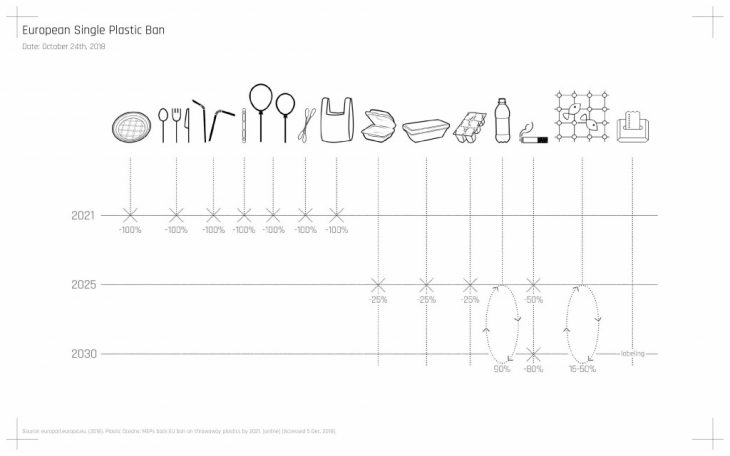
Currently, there are more and more applications and technologies appearing which allows recycling easier and more accessible to any person in the world.
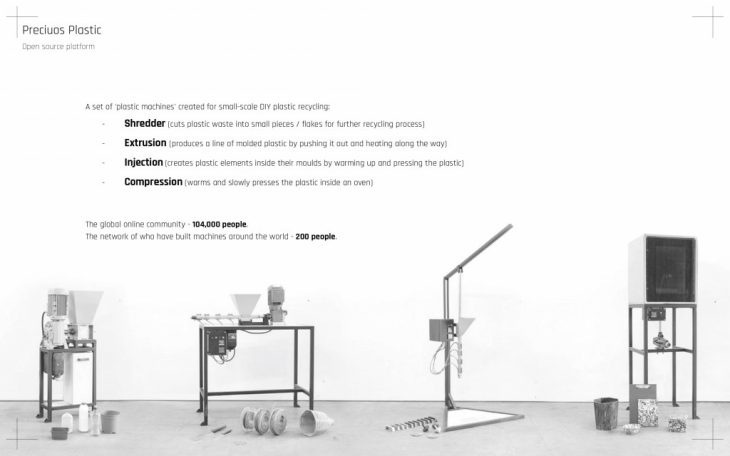
Moreover, there is a new boom of recycling plastics, especially #1 PET for the fashion industry – clothes and shoes.
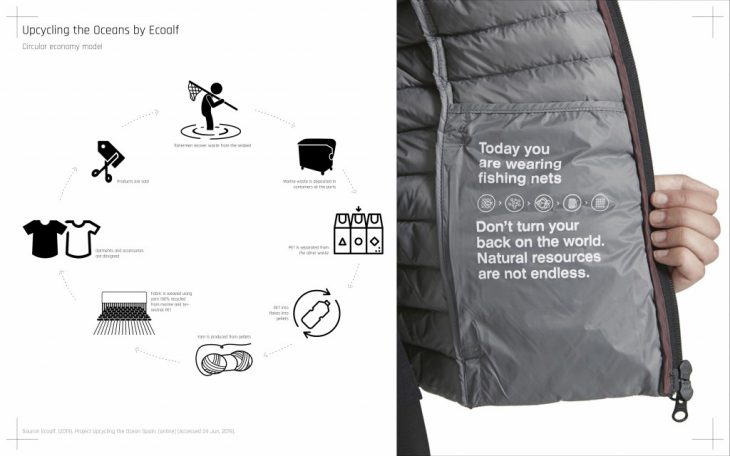
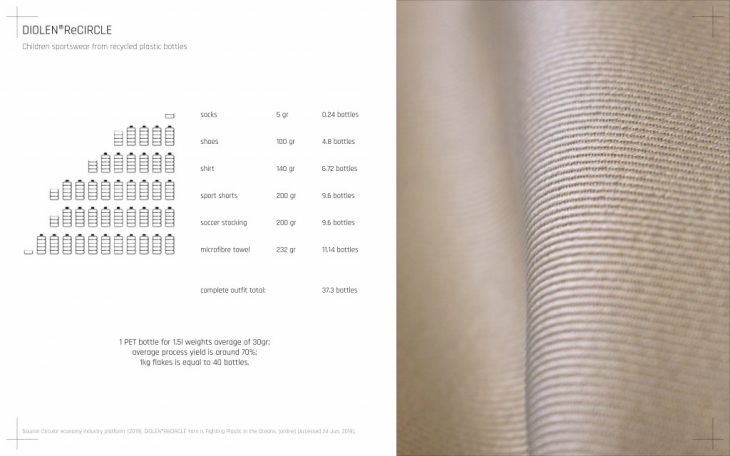
Although there are a growing number of projects that treat the recycling of plastics, many of these are framed in the fashion and design fields, simply delaying the issue of these becoming waste in the short term (average lifespan of garments – 3.3 years), not dealing with longer-term implications. By developing solutions – aggregation – applicable in architecture, and by experimenting on the recycling of already recycled plastics, the project offers a scenario where not only the lifespan of the recycled plastic is extended, but also foresees a vision of spiral design, beyond the recycled plastic’s initial application.
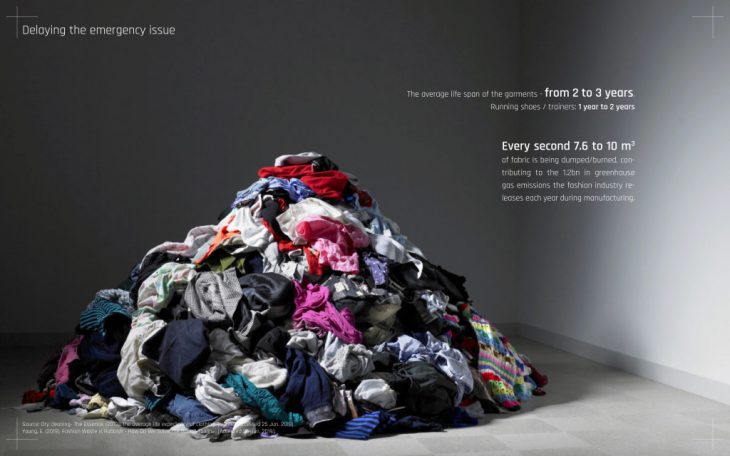
MATERIAL ANALYSIS
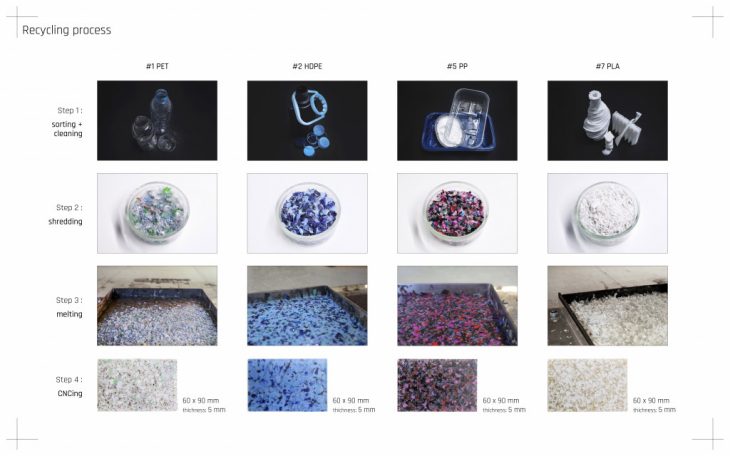
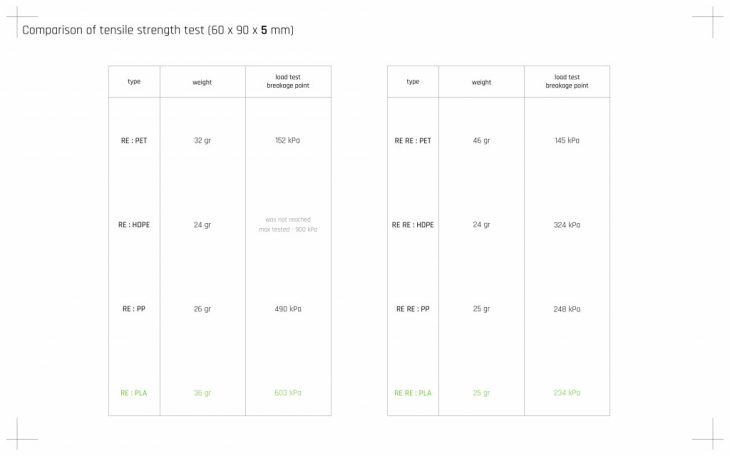
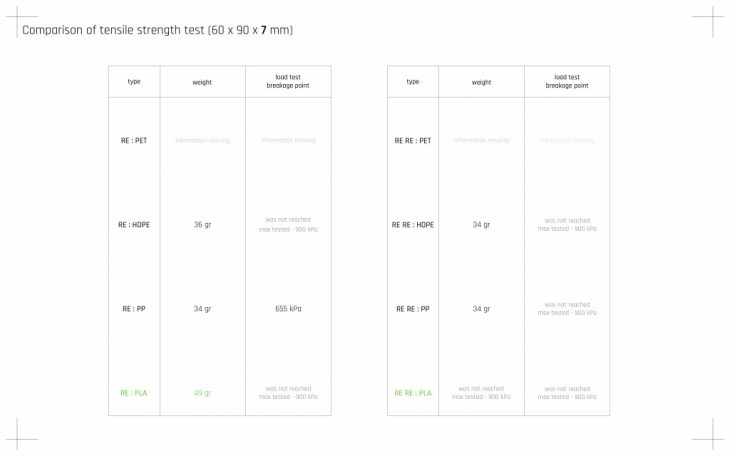
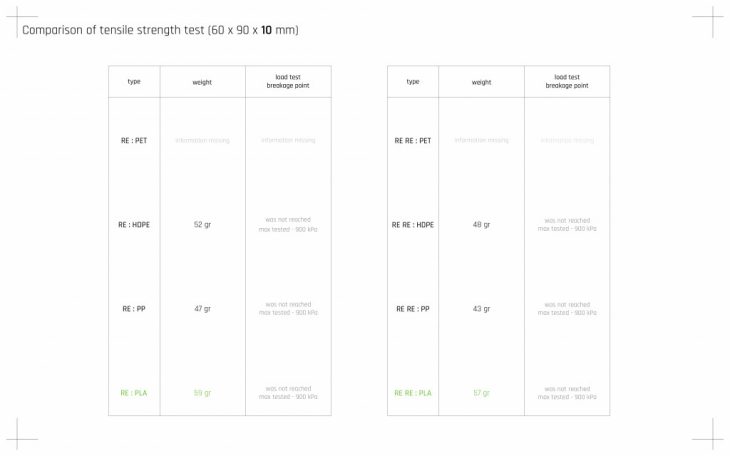
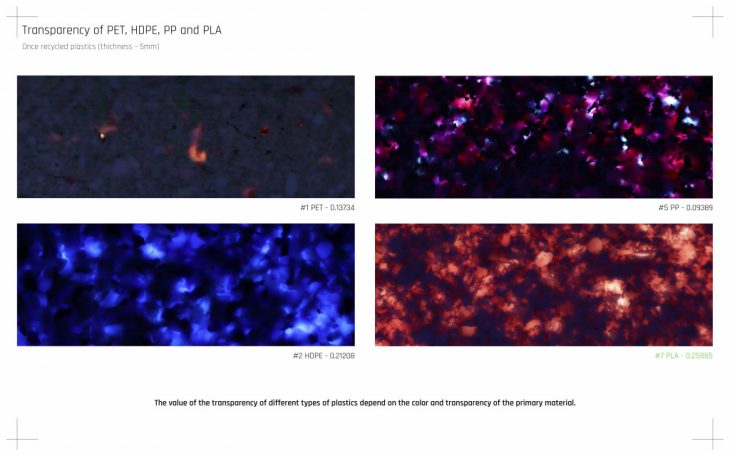

DESIGN PROPOSAL
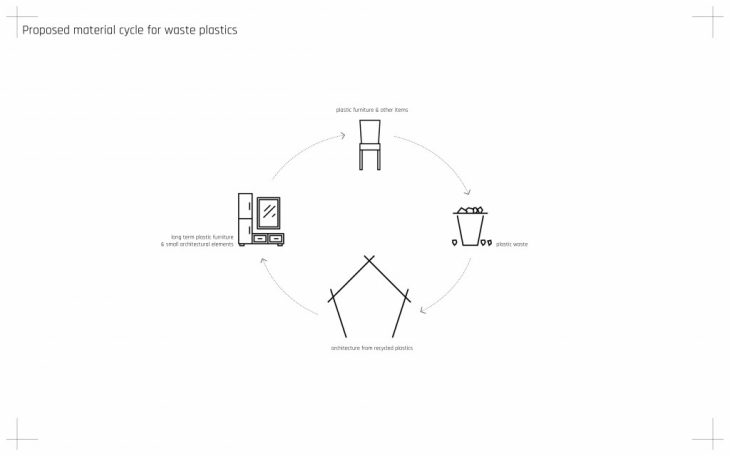
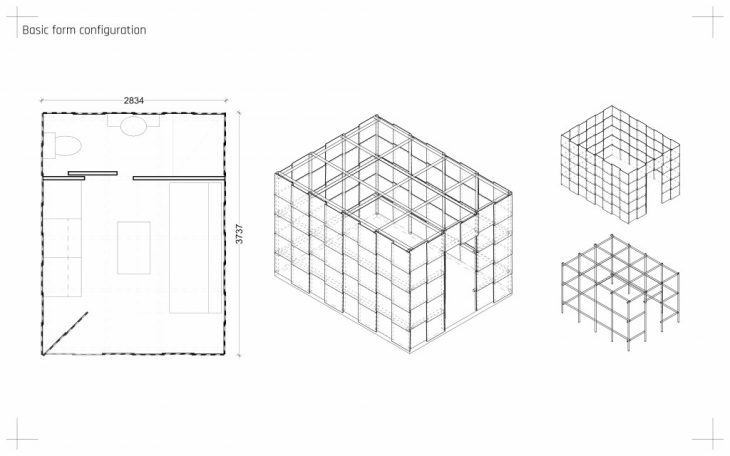
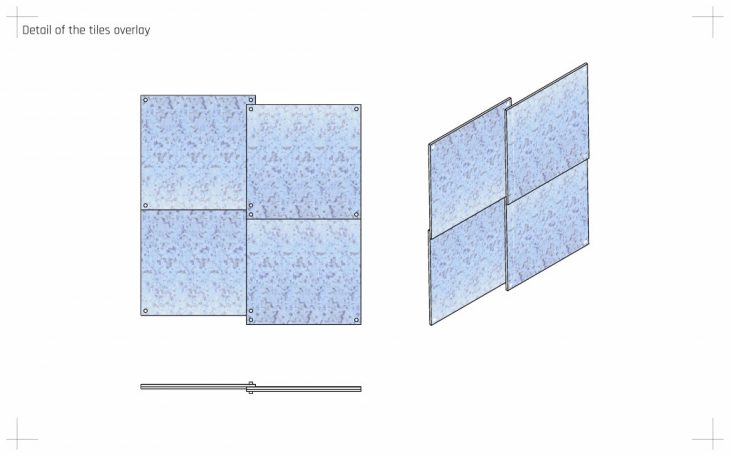
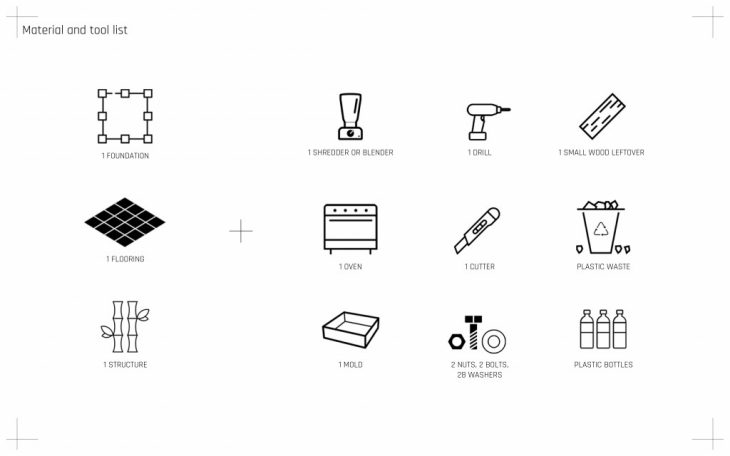
CASE STUDY: INDONESIA
Every 20 min the equivalent of a 10-ton truckload of plastic is dumped into the waters around Indonesia. It is estimated that Indonesia generates over 190,000 tons of waste every day. Plastic constitutes around 25,000 tons per day of which at least 20% is believed to end up in rivers and coastal waters. Moreover, of the global plastic waste in the world’s oceans, some figures suggest 15% comes from Indonesia.
Indonesia, with a population of 263 mln. people and 54,716 km of coastline, ranked second, behind China, on a list of the top 20 worst polluters of plastic trash to the world’s oceans, according to a 2015 study that found 192 coastal countries contribute a combined total of 8.5 mln. tons of plastic waste to the oceans every year. Earlier this year, China stopped buying plastic scrap from the rest of the world, disrupting the global recycling industry and shifting the world’s plastic waste crisis to Southeast Asia. (nationalgeographic.com, 2018)
The country produces 64 mln. tons of plastic waste annually, according to the Indonesian Plastic Industry Association (Inaplas) and the Central Statistics Agency (BPS). The government targets a 30% reduction in plastic waste by 2025, but that is not enough. After China’s Waste Ban earlier this year, Indonesia, together with Vietnam, Malaysia and Thailand, became the main destination of westworld trash. Unfortunately, it does not have neither facilities nor enough space to accommodate all that.
“To encourage recycling, the authorities in the Bandung area are supporting initiatives in “eco-villages” where residents can bring old plastic items and earn small amounts of money in exchange.”
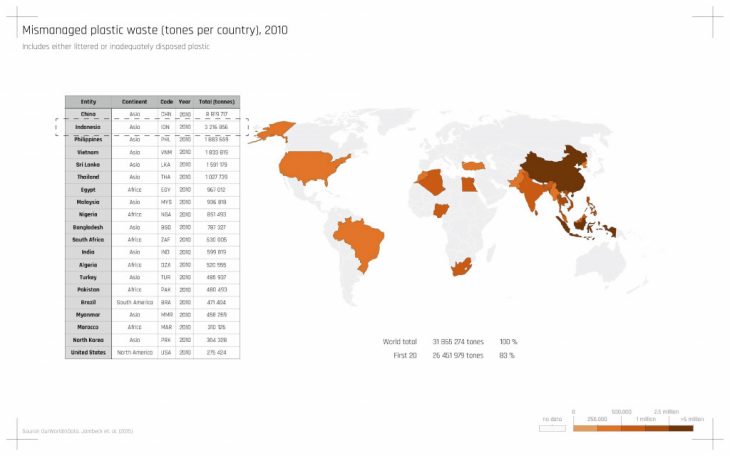
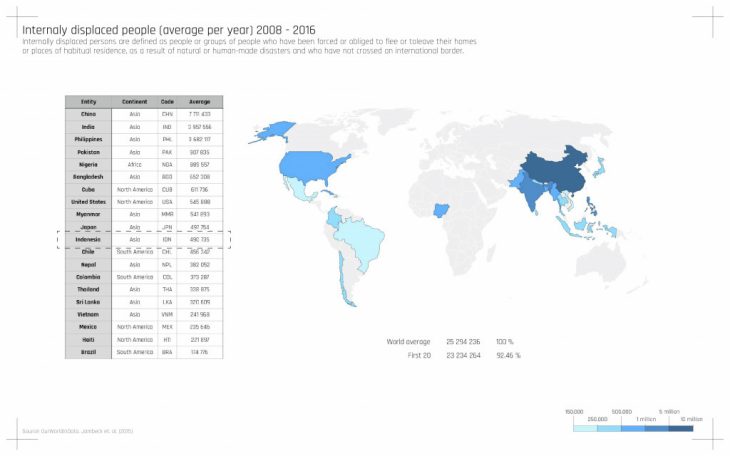
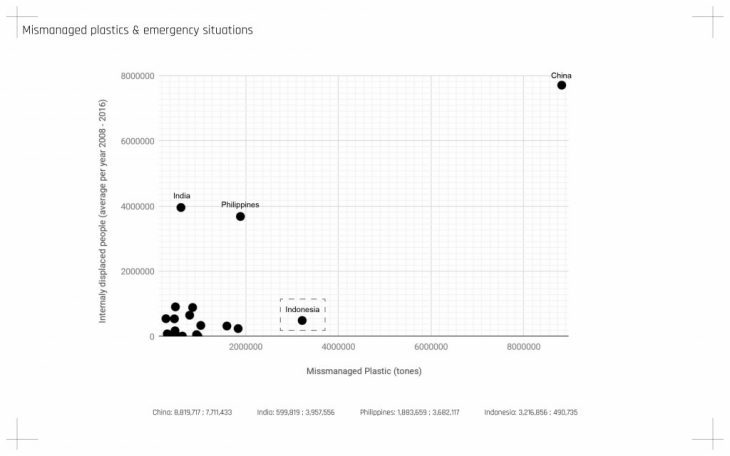
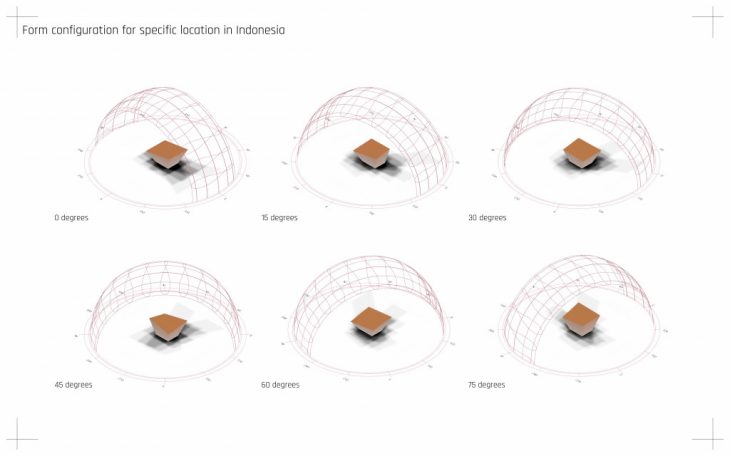
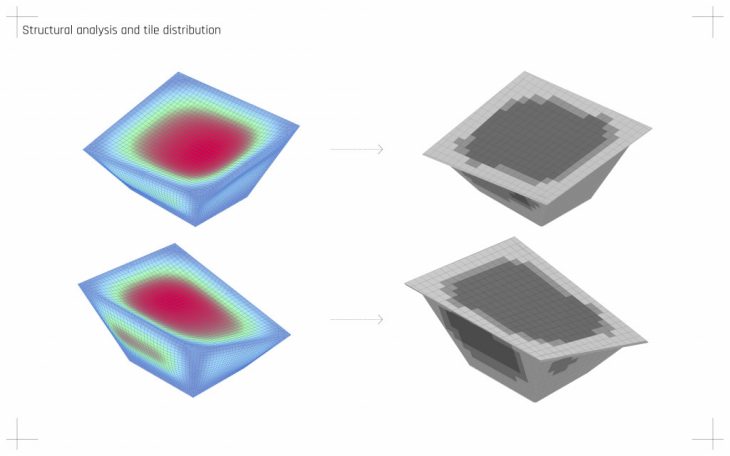
IMPACT BEYOND DESIGN
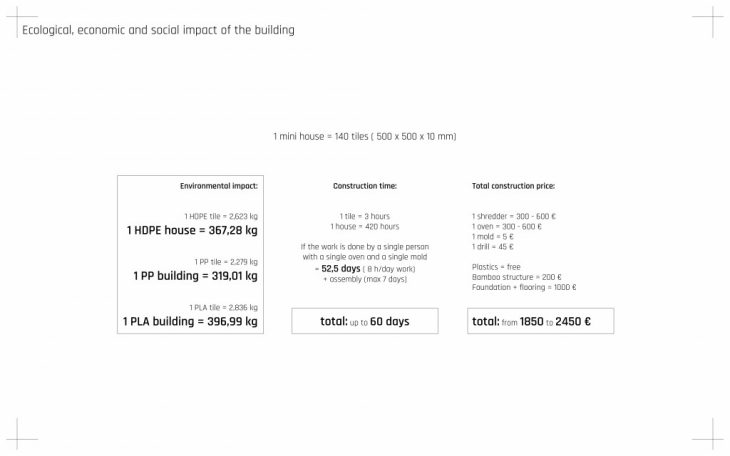
CONCLUSION
The project aims to directly involve the local community in all the processes of the project, by training and sharing information and experience in open source with local communities affected by mismanaged plastic waste. The process includes a collection of plastic waste, understanding different types of plastics and their properties in relation to recycling, use of open source machines to recycle plastics, production of recycled plastic, concept design of the architectural form, and easy to build construction processes.
The broader impacts of the project serve the environment, both on a local scale, and on a global scale, with the aim of not only generating social capital through the implementation of local innovation and knowledge protocols, but also sharing these on a global scale, consolidating a network of people, and furthermore associating new value to a material that seemingly has lost its value as it no longer served its initial design purpose. This allows to consequently generate environmental value, as well as the potential of associating economic value to waste materials.
“Plastic <EMERGENCY > Architecture” is a project of IaaC, Institute for Advanced Architecture of Catalonia, developed at Master in Advanced Architecture in 2019 by:
Student: Gabriele Jureviciute
Faculty: Mathilde Marengo
Video support: Ana Diaz
Computational support: Nikoleta Mougkasi, Daniil Kosheliuk
Fabrication support: Mikel Llobera Guelbenzu, Sujal Kodamadanchirayil Suresh